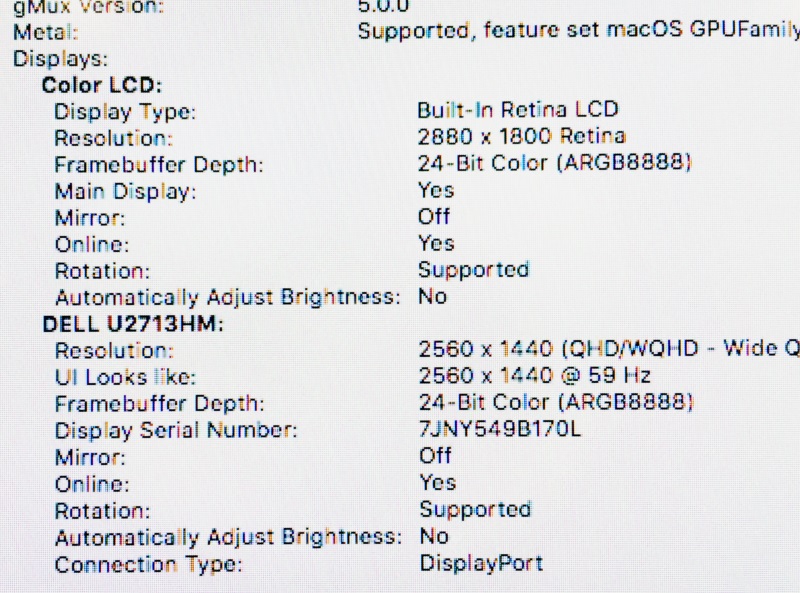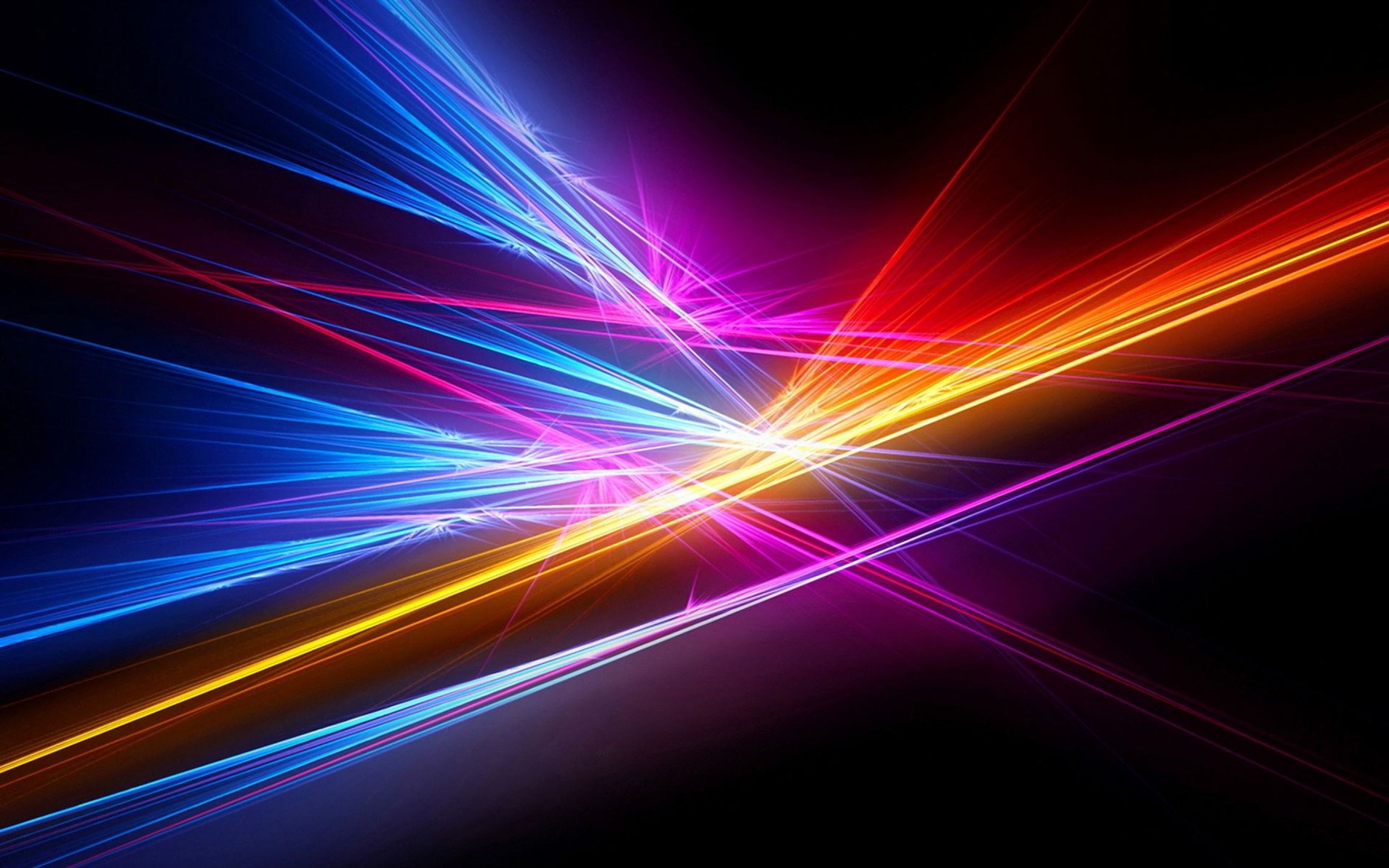
The color values for red, green and blue (at a color depth of 8-bit, black e.g. Is 0,0,0, white is 255,255,255 and 0,255,0 is for the most intense pure green) recorded by a device are not absolute. I noticed that when in Windows, my display had a blue-ish tint, and looked off. I looked into it a little and I found that under Windows, I was using the default color profile, which isn't calibrated for my MacBook Pro screen. I also found that Color Profiles (.icc files) are cross platform. MacBook Pro (13-inch, 2020, Two Thunderbolt 3 ports) Colors: Silver, space gray Model Identifier: MacBookPro16,3 Part Numbers: MXK32xx/A, MXK52xx/A, MXK62xx/A, MXK72xx/A Tech Specs: MacBook Pro (13-inch, 2020, Two Thunderbolt 3 ports) User Guide: MacBook Pro (13-inch, 2020, Two Thunderbolt 3 ports) MacBook Pro (13-inch, 2020, Four Thunderbolt 3.
 Published on April 15, 2011 | Updated on October 31, 2019
Published on April 15, 2011 | Updated on October 31, 2019Because they have a reputation for having bad panels and you can only adjust their brightness, laptops just seem good for emptying our memory cards while on the move. What if the game is changing, slowly? Let's see how to calibrate them, whether or not they are connected to a secondary screen, often of better quality.
In theory, calibrating the screen of a laptop computer should be very complicated or even impossible due to the lack of settings and the quality of the panel. It is true that for a long time, this truth was difficult to dispute. However, since the release of a new generation of calibration tools, notably from X-Rite (Colormunki Display and i1Display Pro) and then Datacolor (SpyderX Pro and SpyderX Elite), the surprises are interesting on some good quality laptops. It is even perfectly possible to calibrate your laptop in 2019, at least to neutralize the dominant colors, to modify the color temperature and make them display a good brightness. Obviously, the final quality will depend a lot on your screen but the final calibration of a MacBook Pro of 2011 or 2012 (Retina), Microsoft Surface or even laptops with IPS panels at Asus, Dell or Sony is really amazing and will do it good. It has even become perfect on the latest MacBook Pro Apple 13' and 15' 2017/2018 DCI-P3 panel !
The specificities of laptop calibration

But what makes laptops so difficult to calibrate a priori ? Is it because of their panel, their settings, their graphics cards ?
What about the quality of laptop panels ?

There are now three main categories of computer display panel quality: TN, PVA and IPS for short. The better the quality, the easier it is to calibrate it and above all to edit your photos on it or even some basic touch-ups. Why ? Mainly because bad panels are distinguished by their poor viewing angle. With these panels it is indeed impossible to keep the same brightness as soon as you turn or lower your head. However, the vast majority of laptops have these panels at very low prices. This is their main defect that a calibration can never correct or minimize.
My purchasing advice ! Choose an IPS panel laptop as there are more and more in the Asus N752, Acer V Nitro VN7, Dell XPS 13) ranges or Surface Book 2 Microsoft and of course the MacBook Pro Apple and their beautiful Retina IPS panels. New ! If you are looking for a laptop panel close to the best 'Graphic Arts' monotors, buy the new MacBook Pro 2017/2018 with P3 panel. I had never measured such Delta E values on a laptop before. Unbelievable!
Choosing laptop display technology : CCFL or white LEDs ?
Most laptop screens have very basic panels, so they use a fluorescent technology called CCFL. Few laptop screens with LED technology are available. However, in the spring of 2019, there are many exceptions: Apple's MacBook Pro and MacBook Air since 2012, Microsoft Surface, Dell IPS panel, etc.
My advice ! Most laptop displays are CCFL technology. The default choice is therefore the right one. All Apple laptops (MacBook Pro, MacBook Pro Retina and MacBook Pro Air have been using LED technology since 2012), some Asus, Dell, Microsoft or Sony laptops are starting to use LED technology : choose LED or white DIODES.
Almost no settings on laptop screens
On the other hand, it is now possible (since 2011) to correct or even cancel their second major defect : the absence of screen settings except for brightness. However, we had seen on the page dedicated to screen calibration that the brightness was used to adjust the white point and the contrast of the black point. This small miracle is still possible thanks to a new function implemented in particular in X-Rite Colormunki Display and i1Display Pro colorimeters : the ADC function (Automatic Display Control)
Macbook Pro Colors
My advice ! All you have to do is choose the brightness you want (with X-Rite colorimeters or the latest Datacolor) and make sure, on X-Rite models, that the 'Enable ADC function' button is checked. (Fig. below) :
